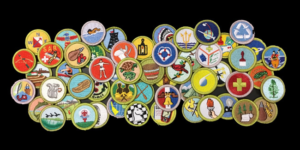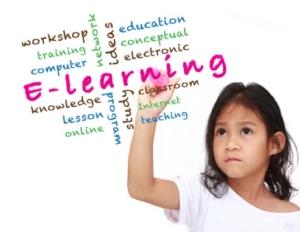The Evolution in Learning which is fast becoming a Revolution
The Evolution in Learning which is fast becoming a Revolution
From my grandmother who taught in a one room schoolhouse, to today we have seen a lot of change in education.
I want to go back a little further than that today. Socrates, our logo, and one of the fathers of teaching, distrusted learning from books. Students reading words would gain only shadows of the original authors’ insight and worse would not understand the difference. Of course, there were not many books back then.
In his book “The End of College, Creating the Future of Learning and the University of Everywhere” Kevin Carey puts forward some interesting statistics.
- Less than 40% of students enrolling for the first time at a four-year college actually graduate in four years. Fewer than 66% within six years.
- There are almost thirty-three million college dropouts in America over the age of twenty-five. Many with large student loans.
- Fourteen percent of college graduates scored at the basic level of literacy. That makes them good enough to read grade school books.
Richard Arum in his book “Academically Adrift, Limited Learning on College Campuses” said, “American higher education is characterized by limited to no learning for a large proportion of students.”
The purpose of post high school learning according to educators was practical training, research, and a liberal arts education. In 1869 Harvard University hired thirty-five-year-old Charles William Eliot to lead the school. One of the many things he did was replace the mandatory curriculum with an elective system. This exploded the courses offered, increased the faculty dramatically and caused expansion of facilities to accommodate the increased student body. The rest is history.
According to the National Center for Education Statistics, (NCES) part of the Department of Education, there were 4,726 degree-granting institutions at the peak in 2012. That consisted of 3,206 four-year institutions and 1,700 two-year institutions. The enrollment in these institutions peaked at just over 21,500,000 students in 2010.
The final straw was when the Federal Guaranteed Student Loans and tuitions exploded upward. The average debt is estimated to be $37,172 per student in 2016. The total outstanding student loans in the United States reached an all time high of $1.41 trillion in 2019. Amazing isn’t it?
Today as noted in previous blogs surveys indicate that nearly 75% of three hundred professionals prefer internet-based learning instead of classroom learning.
There is one other critical factor to consider. Teaching and Learning has made a radical and very dramatic shift. We have shifted from “passive” learning to “active” learning.
With passive learning the teacher is responsible for improving the skills of the student. With active learning it is the student that has the responsibility for their own learning.
Creative thinking, collaboration and interpersonal skills show great improvement with active learning methodologies. Businesses need to pay attention. One of the main challenges in the coming decades is going to be in the area of personnel. Attracting, Recruiting, Hiring, Developing, Appraising, and Retaining talent will be a huge challenge. I believe to the core of my being that with the right people in your business you will prevail in whatever it is that you want to do. Without them you will fail.
Companies must set up a proactive learning environment to motivate their workforce.
At Learning Without Scars, we start with JOB FUNCTION SKILLS ASSESSMENTS to determine the knowledge and skill categories of individuals. From the skill category of an individual we can customize their learning experience. We can direct them to the applicable subject specific classes available for their personal progression through the skill categories; Basic, Core, Advanced and Expert.
If individuals want to take a subject specific class(es) we can tailor that as well that into five specific areas; Customer Service, Selling, Operations, Finance and Leadership. The individual can select from an array of classes choices in each of those disciplines.
This is all aimed at allowing the individual employee to design their own learning path with JOB FUNCTION SKILL ASSESSMENTS in place to monitor their progress. This is our contribution to “active” learning where the individual employee takes control of their own destiny at work. They can grow their skills and in so doing increase the likelihood of earning more money and taking on more challenging and rewarding work assignments.
As R.C. Sproul, the founder of Ligonier Ministries, said “Our problem as people is not a lack of intelligence or a lack of passion. Our problem is that we are lazy.” And if we want to go further with him, he says “If you’re not accountable in your life that means ultimately that your life doesn’t much count.”
You have a choice to make. To be on a path of constant exploration and learning or to do nothing. The choice is YOURS to make.
The Time is Now.


